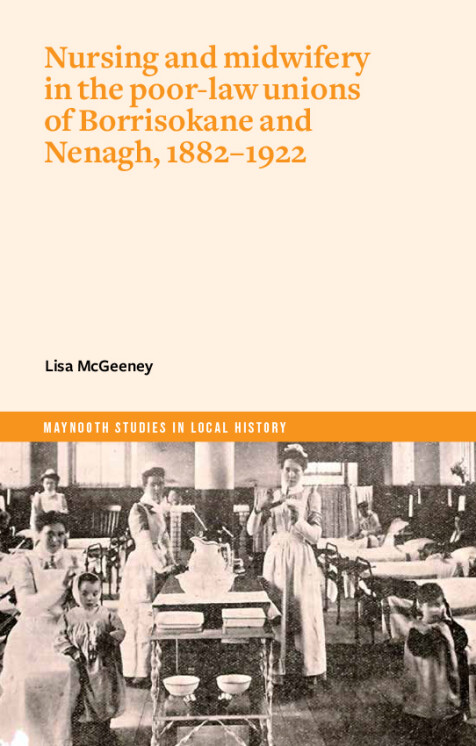Nursing and midwifery in the poor-law unions of Borrisokane and Nenagh, 1882–1922
Lisa McGeeney
This study examines how the professionalization and development of nursing and midwifery in the nineteenth century was reflected in the poor-law unions of Borrisokane and Nenagh in Co. Tipperary between 1882 and 1922. It differentiates between trained and untrained nurses and midwives, examines how each type of ‘nurse’ was perceived and who they were. The employment opportunities for these nurses and midwives were primarily in the poor-law medical relief services as dispensary midwives or as nurses within the workhouse infirmary and fever hospital. Between 1882 and 1922 untrained nurses and midwives were slowly replaced by their trained counterparts. This was supported by campaigns for reform of the old systems, government bodies and legislation. Home nursing by district nurses was introduced to the area in 1909 under the auspices of the Women’s National Health Association. The district nurse provided education and home nursing to patients with tuberculosis and later to mothers and babies under the Mother and Child Welfare Scheme in 1919.
Lisa McGeeney is a registered nurse, midwife and public health nurse. She received a Masters degree in Local History from University of Limerick in 2020 and is embarking on a PhD in September 2022.

